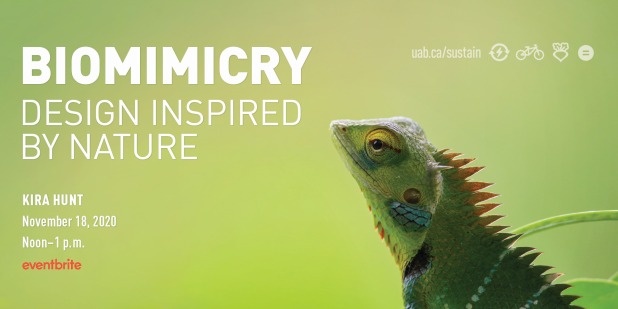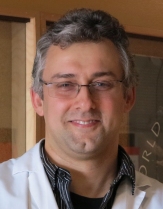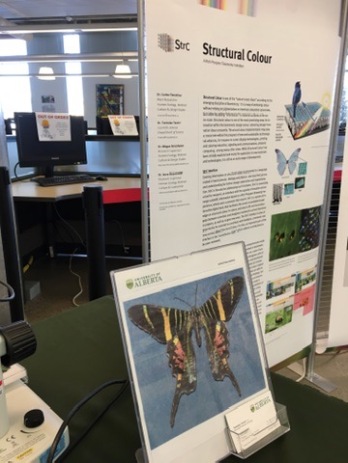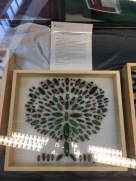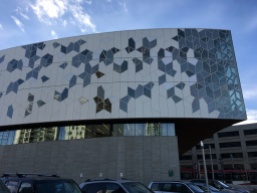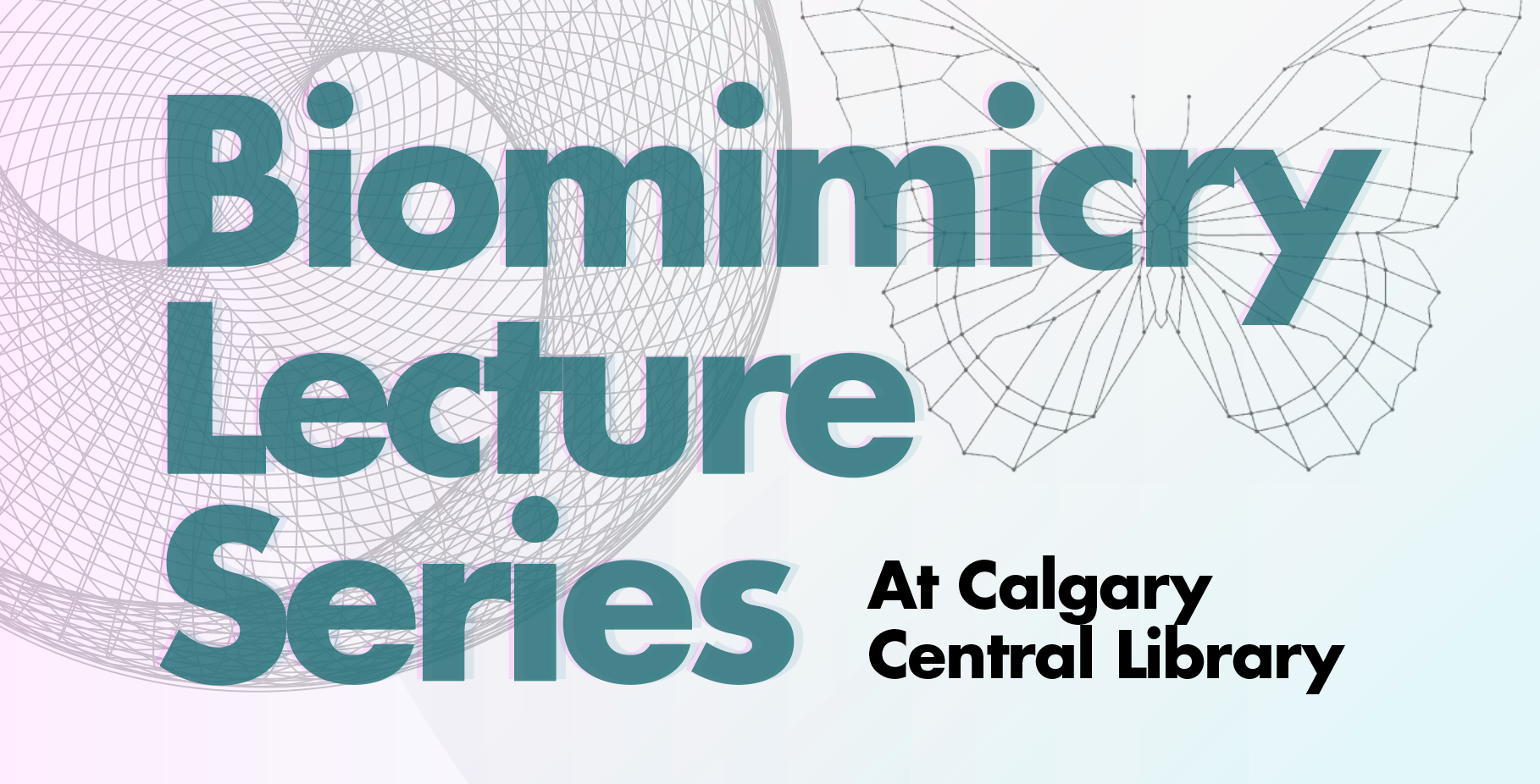Biomimicry AB Newsletter
We’ve been quiet for a while but we’re waking back up with our first newsletter of 2023. Here’s a few virtual happenings this month that are biomimicry-focused or adjacent. We’ll aim to send an event listing like this every month or so.
(Dates are based on North America Mountain Time (MT), Most of these event websites will auto-adjust to fit your date + timezone, but do double check)
Liberation Agriculture
Thursday April 6, 2023 – 2-4pm MT
Online, free
https://liberationagriculture.splashthat.com/?mc_cid=26173d93fa&mc_eid=a7a1654c93
- “Liberation Agriculture is an upcoming film series focused on communities across the U.S., from Detroit, to South Dakota, to Nebraska, to Iowa who are cultivating much more than soil. Through their diverse stories, we weave the thread that reconnects agriculture with culture, showing that our most basic means of nourishing ourselves can’t be broken down into its constituent parts — it has to be valued as a holistic part of our lives. Those showcased speak to issues of land access, economic, racial, and social justice, and sovereignty, highlighting that the solution we need is a revolution… We invite you to join us for a viewing of select clips and a panel discussion featuring the communities shown in the series.” Organized by Green America, Regenerosity, and A Growing Culture.
Leveraging the Experience of Nature to Address Water Challenges
Thursday April 13, 2023, 1-2:30 MT
Online, free
https://www.cclmportal.ca/portal/wetland-knowledge/events/webinar-leveraging-experience-nature-address-water-challenges
- “Nature is gifted with a large toolbox and has a long history of effective water management worldwide, yet we continue to not take full advantage of these tools and breadth of expertise. Speakers will share insights on the value of nature-based solutions and, through case studies, comment on the learnings, success and impact of leveraging nature to address water challenges.” Organized by the Government of Alberta.
Bringing Biomimicry to Life
Friday April 14, 2023, 10-11am MT
Online, free
https://www.eventbrite.com/e/bringing-biomimicry-to-life-tickets-59600955963
- “Join Jamie Miller, Director of Biomimicry at B+H Architects and President of Biomimicry Frontiers, to hear exciting updates for how biomimicry is being brought to life… Whether you are just entering the field or have been involved for years, this event will shed light on what biomimicry in action looks like, how we push the paradigm, and what it means for our future.” Organized by Biomimicry Frontiers.
Biomimetic Footware V2.0
Saturday April 29, 2023, 9am – 2pm MT
Online, about $50 CAD
https://designmorphine.com/education/biomimetic-footwear-v2-0
- “Biomimetic Footwear V2.0 explores the use of different strategies to create footwear, from Ai with MidJourney to parametric and traditional modeling to explore Avant Garde bio-inspired footwear concepts. Participants will be learning how take a concept from idea to form and visually presented in a convincing render. Starting with an intro into exploration of design concepts via MidJourney as a source of inspiration. Realizing designs through sculpting and computational design taking SubD modeling as the foundation and subsequently applying generative forms in Grasshopper.” (Experience with of 3D modelling and/or Rhino 3D may be helpful to get the most out of this workshop.) Organized by Design Morphine.





